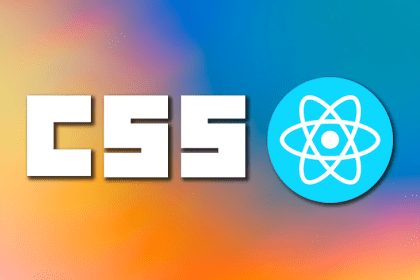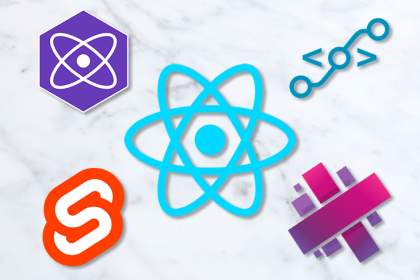
Type checking in React through the prop-type package ensures that you know what each variable stores even without documentation.

We look at how to integrate an OpenAPI-generated service from the server, then use this generated service across a React TypeScript app.

Using error boundaries in React components has benefits like automatic error handling, but has limitations for event handlers, asynchronous code, and server-side rendering.

React eliminates a lot of manual work from the code splitting process, thereby allowing developers to focus on creating robust programs.

Use React Router to declaratively navigate within your React and Redux applications and maintain state across your app’s navigation switches.

Testing your applications ensures quality performance and erases bugs. Explore the top testing libraries to find which best fits your project.

Explore the basics of using React Native Elements to speed up development and customize your user interface with visual icons.

When refactoring, it’s essential to have tests in place. Here’s why you should write tests that focus on user interactions.

The React Speech Recognition Hook easily translates speech into text, so your app can perform tasks based on verbal user commands.

Learn how to use Flexbox, a CSS tool that enables you to build layouts to fit multiple screen sizes, in React Native apps.

Aleph.js is an up-and-coming Rust powered framework that aids developers in customizing and deploying webpages in dynamic ways.

Compare newer frontend JavaScript frameworks like Aurelia, hyperHTML, Svelte, and Preact to React, a framework that focuses on user interface.